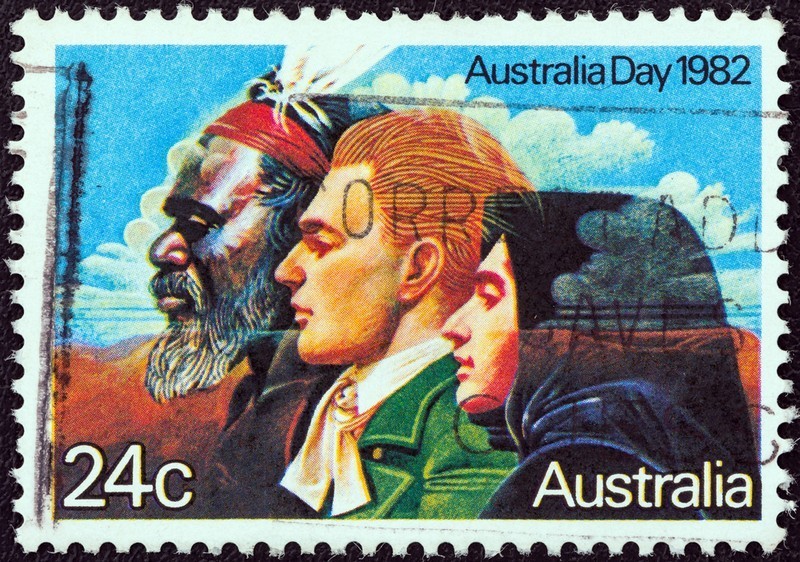3.2 European migration transformed the continents
 When knowledge about the "new world" that was to be found on the other side of the Atlantic arrived in Europe in the 16th century, an era of Europan migration to America began.
When knowledge about the "new world" that was to be found on the other side of the Atlantic arrived in Europe in the 16th century, an era of Europan migration to America began.
People from Southern Europe, especially Spain and Portugal, settled in Central and South America, whereas people from Western and Northern Europe migrated to North America.
These settlers were searching for a better life on the naturally rich American continents. They brought their languages, cultures, customs, and architectures together with them, and transformed the landscape of the two continents drastically. This often took place at the cost of the indigenous inhabitants, whose populations greatly diminished as the European population in the Americas grew.
North and South America can be divided culturally into northern Anglo-America and southern Latin America based on the ethnicity of the European settlers that inhabited the two continents.
The cultural region of Anglo-America consists of the North American nations of the United States and Canada. These nations formed in the regions that were originally settled by British, French, and Spanish colonists. English is the most widely spoken language of the Anglo-American cultural region, with the exception of the Canadian province of Quebec, which is French-speaking.
 The European expansion to North America has a dark undertone. During the 17th century, approximately 400 000 – 600 000 slaves were brought from Africa to work as manual laborers in the fields of the new world. Many of these people died of sickness during the journey through the Atlantic. They had no rights and were considered the property of the European colonists. The slave trade, together with the genocide of the Native American people, cast a dark shadow over European migration to North America.
The European expansion to North America has a dark undertone. During the 17th century, approximately 400 000 – 600 000 slaves were brought from Africa to work as manual laborers in the fields of the new world. Many of these people died of sickness during the journey through the Atlantic. They had no rights and were considered the property of the European colonists. The slave trade, together with the genocide of the Native American people, cast a dark shadow over European migration to North America.
The cultural region of Latin America includes all the nations of Central and South America. The inhabitants of Latin America are descendants of Spanish and Portuguese settlers and the indigenous peoples of the region. Spanish is the most important language in Latin America, spoken in almost every Central and South American country except for Portuguese-speaking Brazil.
Latin America also received its share of the slave trade. Approximately 4–5 million slaves were brought to work in the sugar plantations of the West Indies, whereas over 3 million slaves were imported to Brazil.
Migration to the Americas continues to this day. Especially the rich nations of North America receive migrants from all around the world, making these nations exceptionally diverse.
Photograph: Lionel Messi is an Argentinian football player whose ancestors were European migrants. Spanish is the majority language of Argentina, which made it easy for Messi to move to Spain to pursue his career as a professional football player.